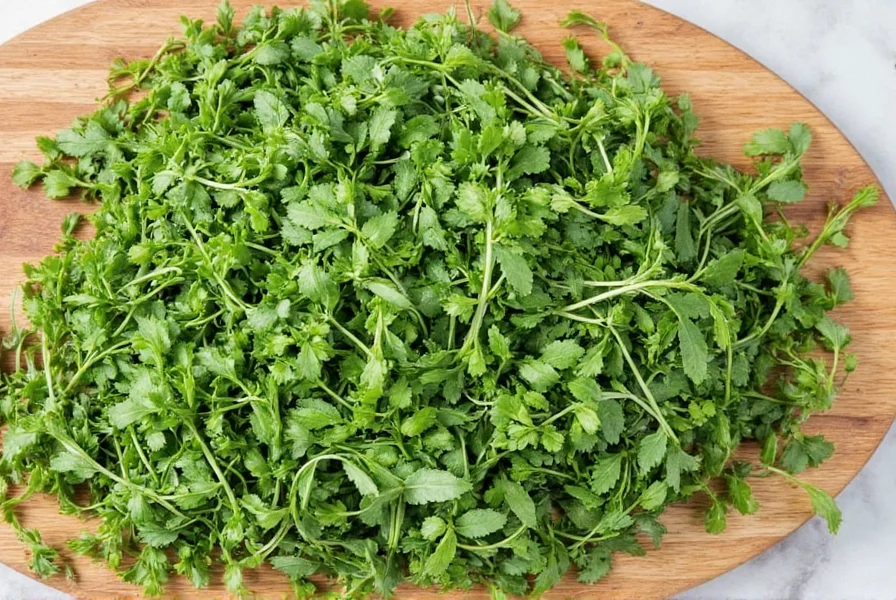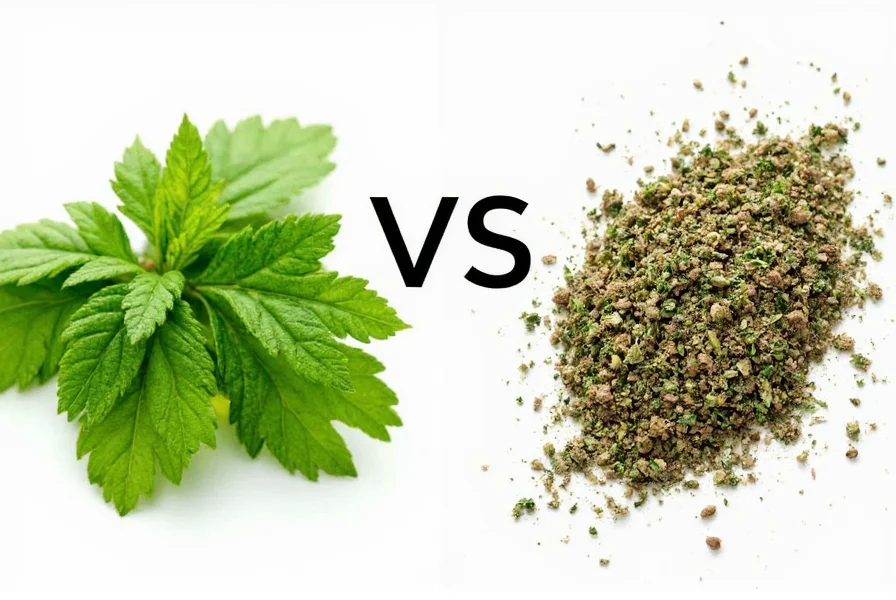If you've ever stood in a spice aisle trying to choose between Mexican oregano and the more familiar 'regular' variety, you're not alone. At first glance, they look almost identical — but trust us, there's a world of difference under that dusty surface.
| Feature | Mexican Oregano | Regular Oregano |
|---|---|---|
| Botanical Name | Lippia graveolens | Origanum vulgare |
| Origin | Mexico, Central America | Mediterranean Region |
| Main Flavor Notes | Citrus, Earthy, Slight Mint | Earthy, Woodsy, Sweet |
| Best Used In | Mexican dishes like tacos, chili, salsas | Italian dishes like pizza, tomato sauce, focaccia |
| Heat Tolerance | High — holds up well in long-cooked dishes | Moderate — better when added near end of cooking |
Flavor Profiles Compared
Let's talk about taste — because at the end of the day, that's what really matters in the kitchen.
- Mexican Oregano: This one brings the punch! Think of a bolder, spicier oregano with hints of citrus, mint, and a strong herbal backbone. It plays especially well with chilies, tomatoes, and cumin — making it a dream come true for anyone who loves Mexican street food vibes.
- Regular Oregano: More mellow and sweet, with classic earthy notes that blend seamlessly into olive oil-based dishes. It shines in Italian favorites like marinara, grilled vegetables, and focaccia bread. If you're going for comfort and familiarity, this is your go-to.

How to Cook With Each Type
Knowing how to use these herbs correctly can make or break your dish. Here are some practical tips:
When to Use Mexican Oregano
- Tacos al Pastor: Its citrusy zing pairs perfectly with marinated pork and pineapple toppings.
- Chili con Carne: Adds depth without overpowering the meaty richness.
- Salsas & Moles: Brings complexity and balance to spicy, smoky sauces.
When to Use Regular Oregano
- Pizza Sauce: Blends beautifully with basil, garlic, and crushed tomatoes.
- Marinades for Grilled Vegetables: Enhances roasted flavors and adds herby freshness.
- Italian Breads: Complements olive oil and rosemary in rustic loaves.

Buying Guide: Which One Should You Choose?
Choosing the right oregano depends on your culinary needs and recipe requirements. Here's how to decide:
- For Authentic Mexican Cuisine: Prioritize Mexican oregano for dishes requiring citrusy depth like moles, adobo, or cochinita pibil. Look for organic varieties with strong aroma for best results.
- For Mediterranean Dishes: Regular oregano is essential for Italian and Greek recipes. Choose sun-dried Greek varieties for balanced, sweet notes in pasta sauces and breads.
- Substitution Tips: When substituting, use 2/3 the amount of Mexican oregano for regular oregano (since it's stronger), and add citrus zest to regular oregano when replacing Mexican.
Conclusion
So what's the final word in the battle of mexican oregano vs regular? There isn't one. Both have their time and place in the culinary world — and knowing when to use each can truly elevate your cooking.
Whether you're simmering a rich mole or tossing together a simple tomato salad, choosing the right oregano makes all the difference. So next time you reach for that jar, pause for a moment and ask yourself: Is this a Mediterranean moment… or a Mexican one?










 浙公网安备
33010002000092号
浙公网安备
33010002000092号 浙B2-20120091-4
浙B2-20120091-4